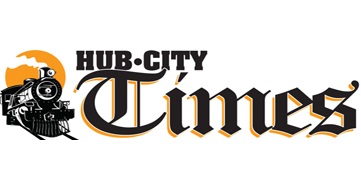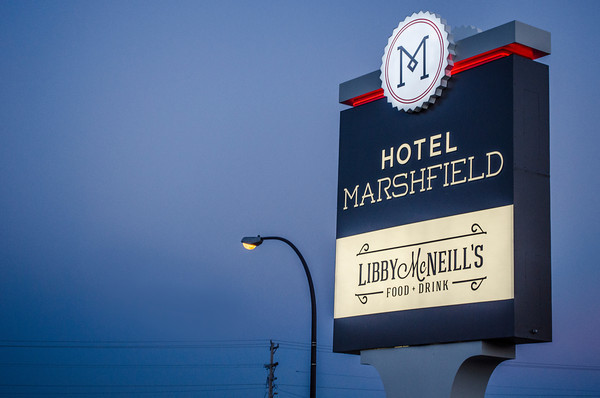Marshfield, February 1896: To bee or not to bee

The Hafer & Kalsched lumber company explores a new business venture
By Kris Leonhardt
Featured Columnist

Leonhardt
Henry H. Kalsched and Adam Hafer were two very different men.
Kalsched was likely to be found in a grimy pair of jeans with a level behind his ear and a monkey wrench in his hand, climbing in and out of machines targeting the numerous belts and pulleys that made them function.
Hafer was more apt to be found in business attire, making calculations that would keep his business thriving and progressing in a very competitive field.
Hafer, born in Germany, came to Wisconsin after residing for a time in Michigan while learning the lumber trade. By the time he reached Marshfield, Hafer had a thorough knowledge of the business in an area blooming with a multitude of woodlands to be tackled.
Kalsched, a respected military veteran, saw the promise the area had and set up a mill on the outskirts of the new village in the mid-1880s and beckoned to fellow Michigander, Hafer, to join him as a junior partner.
The prosperous lumber mill sat on 40 acres of land with 300 acres of timberland to exhaust. The mill grew to offer plain and dressed lumber, window casings, ceiling trim, flooring, moldings, siding, and shingles, made from hardwood, pine, oak, basswood, ash, elm, birch, maple, and butternut.
The vast amounts of hardwood and pine were a very lucrative resource for Hafer & Kalsched and the numerous mills that operated in the area. The two businessmen, however, were not without their struggles.
With the mill located so far from the railroad, the lumber needed to be hauled by team to be shipped out while competing mills were building their own railroads and positioning themselves in locations in proximity to the depots.
By the late 1800s, the massive lumber industry was exhausting the supply of hardwoods and pine in the area, and the pair looked for other means to supplement their business. A visit from a man with the last name of Keyes would turn Hafer & Kalsched in a new direction.
Keyes, a native of Watertown, had been manufacturing beehives in that area for 15 years. The hives, made out of basswood, an odorless lumber perfect for hive production, had made Keyes a good living. However, when the basswood became scarce, Keyes looked to partner with someone who could help continue to produce these orders.
In the fall of 1895, Keyes paid a visit to Hafer & Kalsched after learning of the numerous basswoods available in the area. The time was right for Hafer & Kalsched, and they joined forces with Keyes.
Winter was already a busy time for the mill, producing fuel for the surrounding community, but the pair began work on expanding to accommodate a beehive factory.
It took about six months for the men to get nine different machines up and running, and after a six-week delay, the beehive factory was finally operational.
By mid-February 1896, they were pushing out 50,000 sections (portions of the hives) a day. It took the mill two weeks of work to fill up a medium-sized train car, which held 500,000 sections. By the end of February, they would be at full capacity.
Hafer & Kalsched would become one of four American factories producing sections for the United States and Europe. Going international would increase the mill’s longevity but not seal its future.
Leave a reply
You must be logged in to post a comment.






